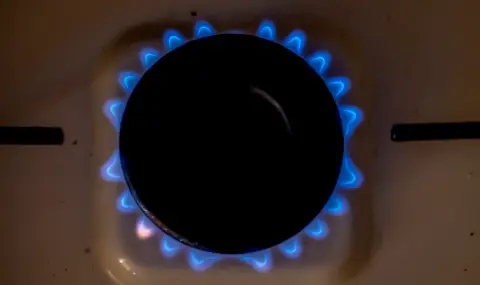Gas stocks in European underground gas storage (UGS) have fallen to around 36% for the first time in more than 3 years, while injections into underground gas storage facilities have slowed amid colder weather this week, according to data from Gas Infrastructure Europe (GIE). Since the start of the heating season, net production (the difference between production and injection) from EU UGS has exceeded 65.5 billion cubic meters.
Gas withdrawals from underground gas storage in EU countries on March 11, according to GIE, amounted to 324 million cubic meters. Injections fell to 34 million cubic meters. Against the background of the high rates of consumption of gas reserves during the current heating season, the total volume of fuel in the underground gas storage is only the sixth maximum for the beginning of March for the entire monitoring period - 40.2 billion cubic meters of gas.
The last season of gas withdrawal from European underground storages ended on March 31, 2024, when 58.44% of the reserves remained in them (a record for the entire monitoring period). Currently, UGS in Europe are filled to 36.23% (10.47 percentage points lower than the average for this date for the last five years), which in relative terms is already lower than the figure not only at the end of the last autumn-winter period, but also at the end of the heating seasons 2010-2011, 2011-2012, 2013-2014, 2018-2019, 2019-2020 and 2022-2023.
The heating season in Europe began on October 29, 2024 (10 days earlier than in the last autumn-winter season) and since then, EU countries have withdrawn more than 70 billion cubic meters of gas from storage. m of gas. Net production exceeds 65.5 billion cubic meters. At the same time, the total withdrawal of gas from UGS facilities on the 134th day from the moment of reaching their maximum filling is 25% higher than the average value for this day for the previous five years. The most problematic years for the EU were 2018 and 2022, when reserves in storage facilities by the end of the heating season in spring fell to critical levels below 18% and 26%, respectively (it was even necessary to resort to withdrawing the so-called buffer gas, which is used to maintain the necessary pressure in storage facilities).
This week in Europe is turning out to be much colder than the previous one. Low temperatures may persist in the region and at the beginning of the next seven days. The share of wind energy in electricity production in the EU is on average 13% in February and 16% in March. The average price for purchasing gas in Europe in February this year was about 542 USD per 1000 cubic meters, and in March - about 463 USD.
LNG deliveries from terminals to the European gas transportation system in March were at a record pace for this month. Currently, the capacity for regasification of liquefied gas and its subsequent injection into European pipelines is loaded at 54% of its maximum.
